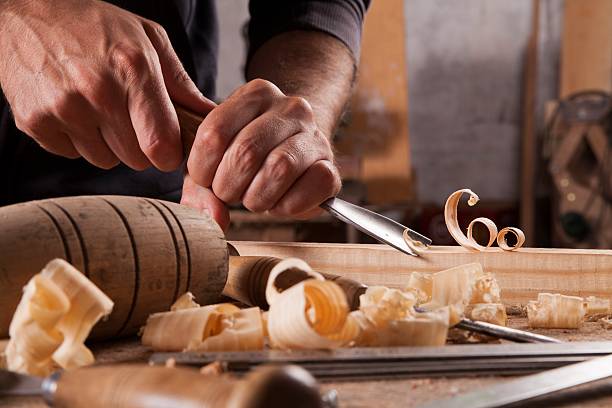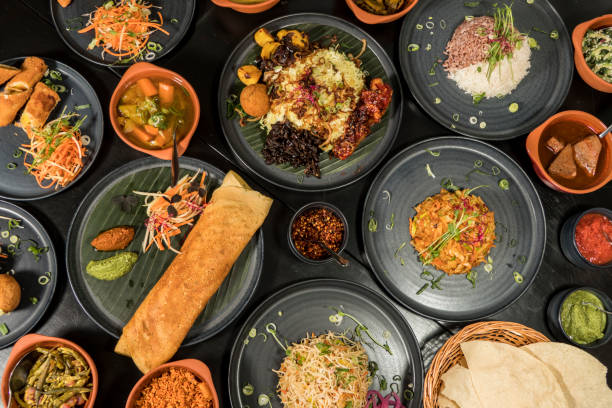The Surprising Synergy of Advanced Analytics and Traditional Crafts
Craftsmanship and analytics might seem like strange bedfellows. However, when combined effectively, these two disparate elements can create an unprecedented level of efficiency and excellence within traditional craft industries. This article will delve into the intriguing intersection of age-old craftsmanship and cutting-edge advanced analytics, examining how this unlikely alliance is shaping the future of traditional industries.

The Historical Context of Craftsmanship and Analytics
Traditional crafts, such as woodworking, ceramics, and textiles, date back to the earliest civilizations. These industries have thrived for centuries on manual skill and tacit knowledge passed down through generations. In contrast, advanced analytics is a product of the digital age, a tool that harnesses the power of data to drive decision-making and enhance operations.
This juxtaposition of old and new has sparked a dynamic synergy. By merging the intricate artistry of traditional crafts with the precise insights delivered by advanced analytics, industries are experiencing a renaissance of productivity and quality.
The Current Trend: Marrying Craftsmanship with Advanced Analytics
Today, many traditional craft industries are embracing advanced analytics to streamline their operations, optimize resource utilization, and deliver superior products. By using predictive modeling, machine learning, and other data-driven techniques, businesses can accurately forecast demand, manage supply chains, and identify opportunities for innovation.
For instance, consider a small pottery business. Using advanced analytics, the company can predict which designs will likely be popular in the upcoming season, allowing it to produce the right volume of goods. This reduces waste and ensures that the business remains competitive.
The Impact of This Unique Alliance
The marriage of craftsmanship and advanced analytics offers several benefits. Firstly, it enables craft industries to uphold their time-honored traditions while simultaneously improving operational efficiency. Secondly, by leveraging data, these industries can better anticipate market trends, aligning their products with consumer demand. Lastly, analytics provides a means to measure and enhance the quality of artisanal goods, raising the bar for excellence in craftsmanship.
However, this alliance is not without challenges. The integration of advanced technology into traditional industries requires significant investment and a shift in mindset. Furthermore, as data becomes a valuable asset, craft businesses must grapple with issues related to data security and privacy.
Practical Insights: Leveraging Analytics in Craft Industries
- Understand your data: Begin by identifying what kind of data is most relevant to your business. This could range from sales figures and customer preferences to supply chain metrics and production times.
- Invest in the right tools: You don’t need a sophisticated, expensive system to start with. There are many cost-effective analytics tools tailored for small businesses.
- Cultivate data literacy: Ensure that your team understands how to interpret and apply the insights generated by analytics. This might involve training or hiring new staff with data skills.
- Start small, think big: Start by applying analytics to one aspect of your business. As you start to see the benefits, you can gradually expand its use across your operations.
In conclusion, while the fusion of advanced analytics and traditional crafts may seem unconventional, it holds the promise of a brighter, more efficient future for these time-honored industries. By leveraging data-driven insights, craft businesses are not merely surviving in the modern marketplace, but thriving, delivering superior products that honor their rich heritage while meeting the demands of the contemporary consumer.






